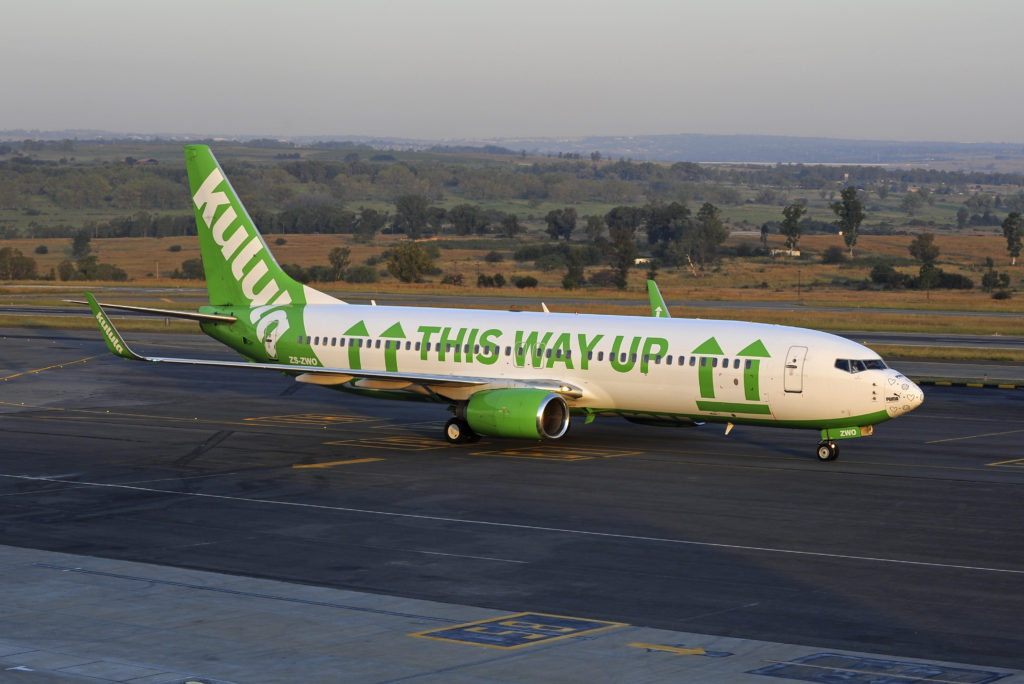
Beginning with Pacific Southwest Airlines in the 1940s, low-cost carriers (LCCs) have democratized air travel around the world, fostering huge increases in airline traffic and transforming the airline industry. Millions of people have been able to fly for the first time, fly more often, and fly to and from places previously left out of the world’s air transportation networks. At the same time, however, the ascent of budget airlines has exacerbated aviation-related problems such as aircraft noise, airport congestion, greenhouse gas emissions, and more.
LCCs have been extensively studied in the US and Europe but not in developing regions of the globe. Yet the impact of such airlines is greatest in low- and middle-income economies where only a small fraction of the population has ever flown, and where competition from alternative modes (road, rail) is weak.
Low-Cost [Carriers in Emerging Countries traces the development of LCCs in Asia, Latin America, the Middle East, and Africa, examining airlines that have become significant players in their home markets but little known at a global scale. The book maps the geography of the LCC phenomenon, explaining the starkly varying success of budget airlines, and assessing their current social, economic, and environmental impacts. The book concludes with insights into the future of mass “aeromobility”, its sustainability, and its vulnerability to regulation and expanded high-speed rail networks. .
Key features:
• Examines the evolution of LCCs around the world, how established airlines react to their entry, and the wide-ranging societal implications for individual countries and the world.
• Places emerging countries’ LCCs into a global context, comparing them to their US and European counterparts.
To find out more or to purchase a copy, please visit https://www.elsevier.com/books/low-cost-carriers-in-emerging-countries/bowen/978-0-12-811393-6